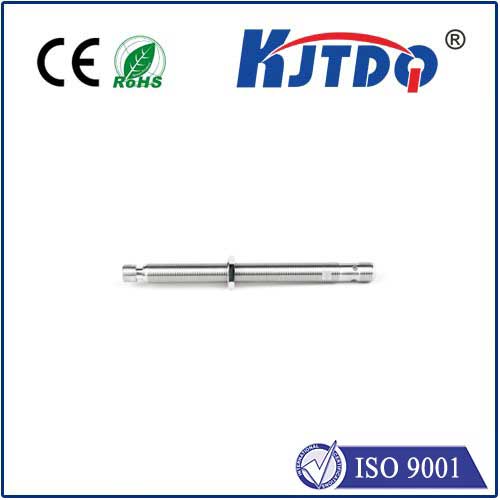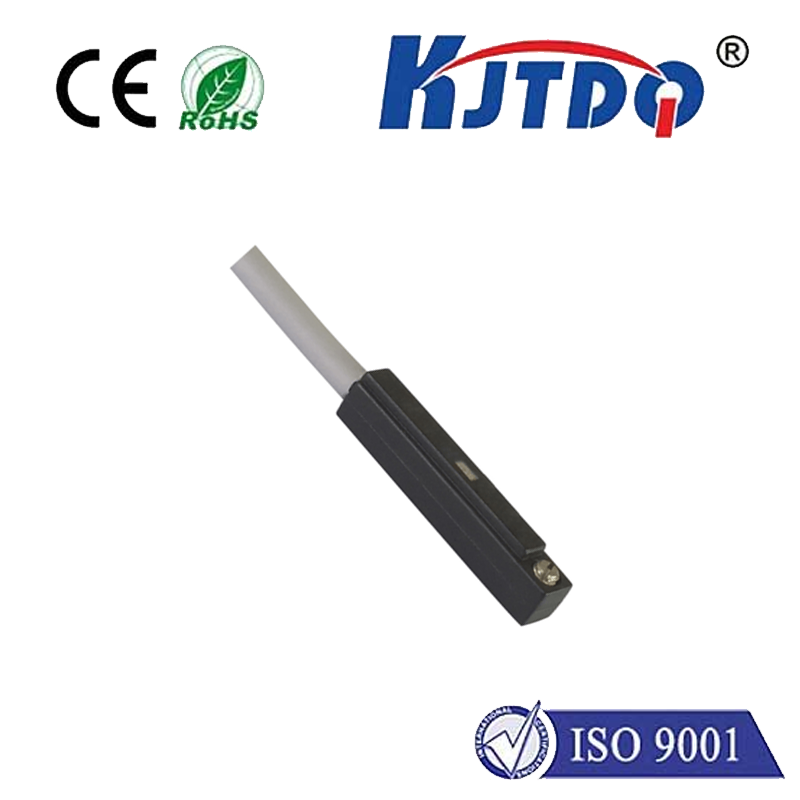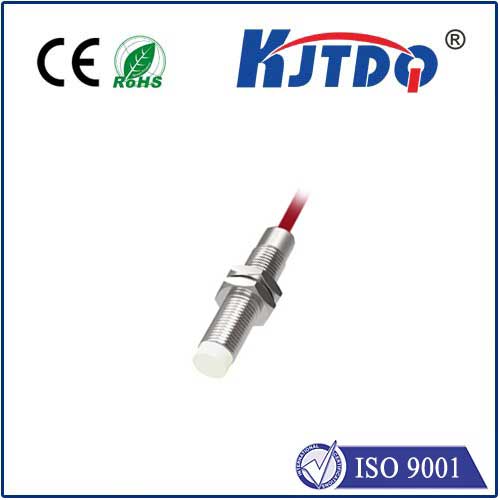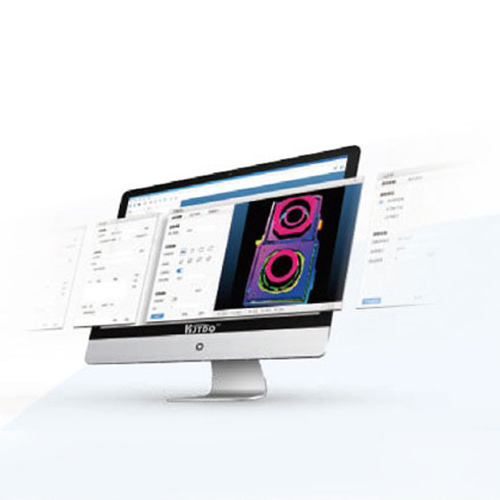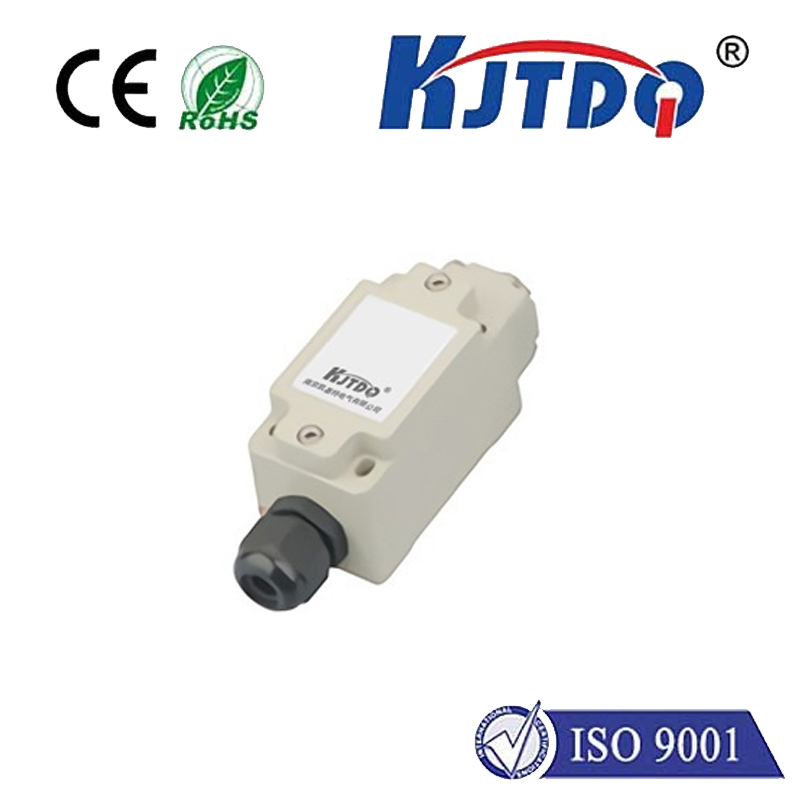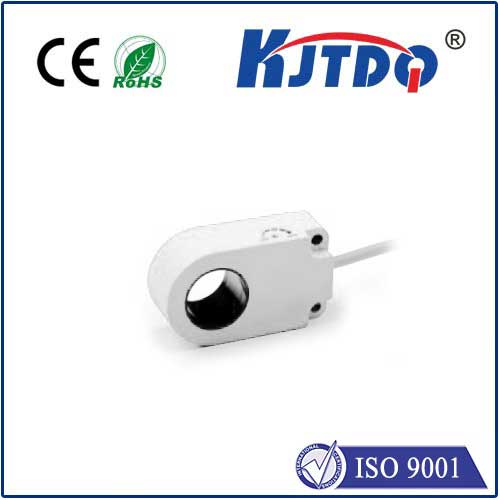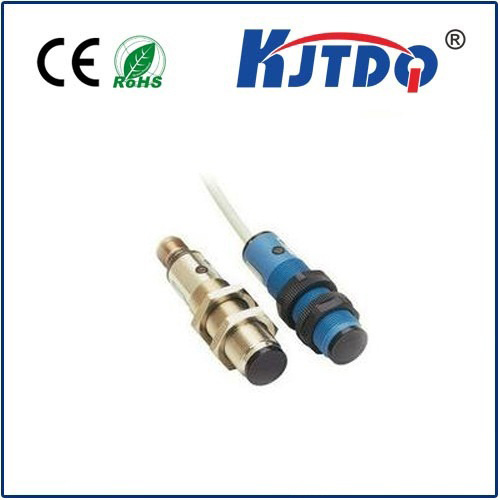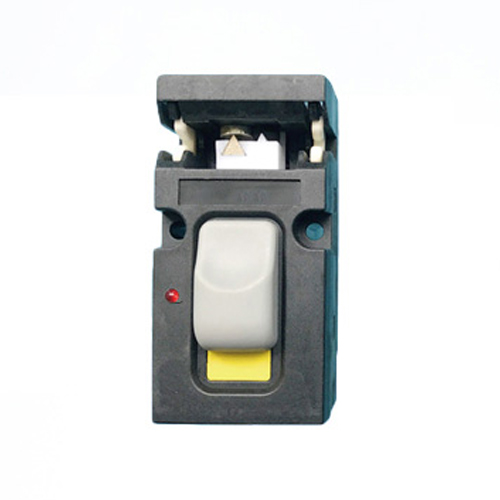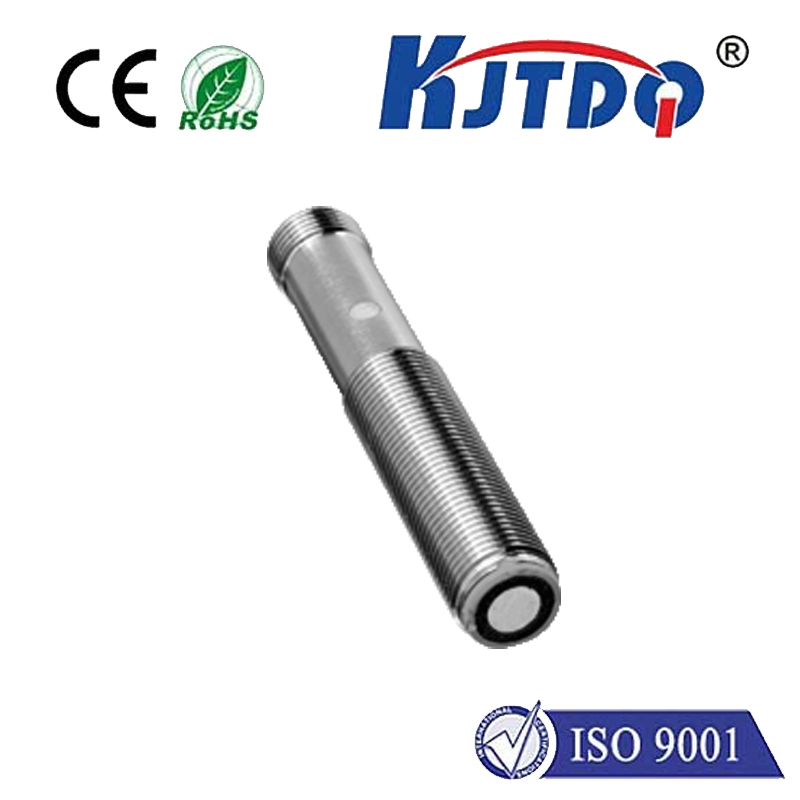лазерный датчик уровня
- time:2025-08-28 03:26:28
- Нажмите:0
Laser Tank Level Sensors: Precision Measurement Without Contact
Understanding How Laser Technology Revolutionizes Liquid Level Monitoring
Imagine a technician walking safely alongside a massive chemical storage tank, far removed from any direct contact with potentially hazardous contents. With a glance at a rugged handheld device, they see a precise, real-time liquid level reading beamed from above. This is the practical power of laser tank level sensors – transforming how industries monitor vital inventories safely and accurately.

These sophisticated instruments belong to the non-contact level measurement family, utilizing focused laser beam pulses to determine the distance to a liquid surface. Here’s the core principle, often called time-of-flight (ToF):
- The sensor emits an intense, short pulse of laser light downwards towards the liquid surface.
- This light beam strikes the surface and reflects back towards the sensor.
- An ultra-sensitive detector within the sensor precisely measures the time taken (
t) for the light pulse to travel to the surface and back.
- Knowing that light travels at a constant speed (
c, approximately 300,000 km/s), the sensor calculates the distance (d) using the formula: d = (c * t) / 2 (divided by 2 because the light travels the distance twice - down and back).
- Since the sensor’s mounting position relative to the tank bottom is known (or programmed), the actual liquid level (
Л) is easily derived: L = Tank Height - d.
This fundamental principle delivers significant advantages over traditional measurement methods:
- Non-Contact Operation: The sensor never touches the liquid. This is critical for:
- Hazardous Materials: Measuring corrosive acids, caustics, flammable solvents, or toxic substances without risk.
- Sterile Environments: Maintaining purity in pharmaceutical or food & beverage applications where contamination is unacceptable.
- Highly Viscous or Coating Liquids: Avoiding sensor fouling by substances like heavy oils, slurries, paints, or adhesives that plague contact devices.
- Exceptional Precision: Modern laser level sensors offer remarkable accuracy, often within millimeters. This is invaluable for precise inventory control, critical process batching, or custody transfer where every drop counts.
- Simplified Installation & Maintenance: Mounted on the tank roof or access port, installation is typically straightforward, requiring no internal tank modifications or complex calibrations often associated with invasive probes. The lack of contact minimizes wear and tear, drastically reducing maintenance needs.
- Versatility Across Surfaces: Advanced sensors can reliably measure difficult surfaces like turbulent liquids, foams (depending on density), or even powders/granular solids in silos, offering broad application potential.
- Reduced Environmental Impact: By eliminating the need for process openings required by some contact sensors, laser sensors help maintain better vapor containment, reducing fugitive emissions.
Where Laser Tank Level Sensors Excel: Key Applications
The unique strengths of laser level measurement make them ideal for challenging scenarios:
- Chemical Processing & Storage: Safely and accurately monitoring levels of aggressive acids (sulfuric, hydrochloric), potent alkalis (sodium hydroxide), volatile solvents, and other dangerous liquids in reactors or storage tanks. The non-contact nature is a primary safety feature here.
- Oil & Gas / Petrochemical: Measuring crude oil, refined products (gasoline, diesel), LNG/LPG components, and challenging process fluids within refineries, terminals, and storage farms. Resistance to coating is crucial for heavier fractions.
- Pharmaceutical & Biotechnology: Ensuring sterile level measurement in bioreactors, purified water tanks, and intermediate product vessels crucial for maintaining stringent quality standards (GMP).
- Wastewater & Environmental Monitoring: Reliable level readings in clarifiers, effluent tanks, or sludge holding basins, often featuring surface turbulence or foam.
- Food & Beverage: Monitoring ingredients (syrups, oils, dairy), CIP (Clean-in-Place) solutions, and final products in hygienic environments. Non-contact prevents contamination.
- Bulk Solids Silos: Measuring levels of grains, plastic pellets, powders (flour, cement), and other free-flowing solids where traditional methods struggle.
Selecting the Right Laser Sensor: Key Considerations
While powerful, laser sensors aren’t universal. Thoughtful selection ensures optimal performance:
- Process Conditions: Carefully evaluate the tank’s internal environment:
- Temperature & Pressure: Ensure the sensor’s specifications match the operating range. High heat or vacuum can affect performance.
- Vapors/Dust/Mist: Heavy vapor plumes, dense dust, or mist can attenuate or scatter the laser beam, potentially disrupting the signal. Some sensors feature stronger lasers or sophisticated signal processing to mitigate this.
- Foam: Low-density, persistent foam layers can sometimes be mistaken for the true liquid surface by the laser. Verify sensor capability if significant foam is present.
- Liquid/Surface Properties:
- Reflectivity: Dark, non-reflective, or highly absorbent liquids (like some crude oils or black liquors) can be challenging as they reflect very little light back to the sensor. Specialized sensors with higher power lasers or optimized wavelengths are needed.
- Surface Condition: Highly turbulent or agitated surfaces require fast sensor response time and robust signal processing algorithms.
- Required Accuracy & Resolution: Define the necessary precision level for your application to select an appropriately capable sensor.
- Housing & Safety: Choose a robust housing material (stainless steel is common) suitable for the environment (corrosive, hygienic, hazardous area). For volatile atmospheres, ensure the sensor carries the correct ATEX, IECEx, or other regional hazardous area certifications.
- Communication & Integration: Ensure compatibility with existing control systems (e.g., 4-20mA analog, HART, Foundation Fieldbus, Modbus, Ethernet/IP).
Laser tank level sensors represent a leap forward in safe, precise, and maintenance-friendly level measurement. By harnessing the speed and focus of light, they solve complex measurement challenges across diverse industries, enhancing safety protocols and operational efficiency. For applications demanding accuracy without contact, laser technology consistently proves to be a superior solution.

